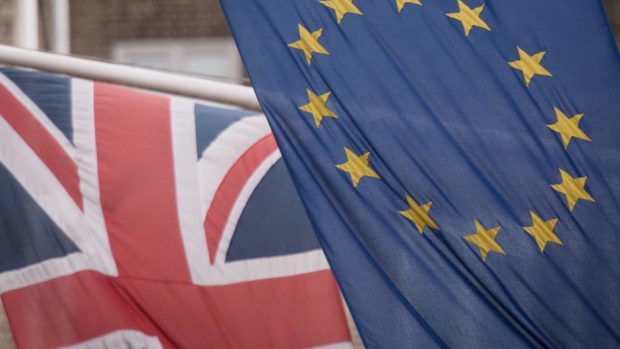MPs have warned a foreign cyber attack may have been to blame for the crash of a voter registration website in the run-up to the EU referendum.
The Commons public administration and constitutional affairs committee said interference could not be ruled out and called for a permanent system of monitoring to be established.
Its report on the lessons learned from the June 23 poll also criticised a lack of “proper” contingency planning for a Leave vote, insisting governments have a “constitutional and public obligation” to prepare for both outcomes.
And it concluded that in future, the “presumption” should be that the sitting prime minister’s administration will continue in office and take responsibility for implementing either result.
Committee chairman and Tory MP Bernard Jenkin, who was on the Vote Leave board, said referendums needed to be designed to provide the “utmost clarity for parliamentarians, campaigners and, above all, the electorate”.
He added: “The use of the machinery of government during referendums has a significant effect on public trust and confidence.
“It is of the highest importance that the referendum process is seen to be fair, by both sides, and that the result is agreed to – even if not with – by both sides.”
During its inquiry, the committee heard evidence on the crash of the Register to Vote website on June 7 last year, which the UK Government said was due to an exceptional surge in demand.
As well as criticising the lack of testing, its report said: “We do not rule out the possibility that there was foreign interference in the EU referendum caused by a DDOS (distributed denial of service attack) using botnets, though we do not believe that any such interference had any material effect on the outcome of the EU referendum.
“We recommend permanent machinery for monitoring cyber activity in respect of elections and referendums be established, for promoting cyber security and resilience from potential attacks.”
While the committee did not identify who may have been responsible, it noted that both Russia and China use an approach to cyber attacks based on an understanding of mass psychology and of how to exploit individuals.
On the question of planning for either eventuality, the report said: “While the government did not support a Leave vote, they nonetheless had a constitutional and public obligation to prepare for both outcomes from the referendum.”
